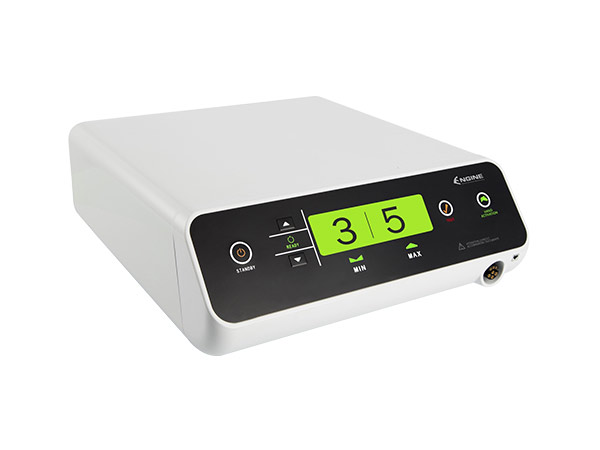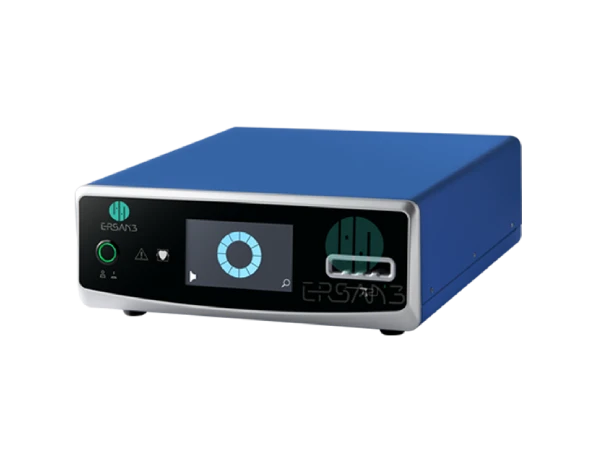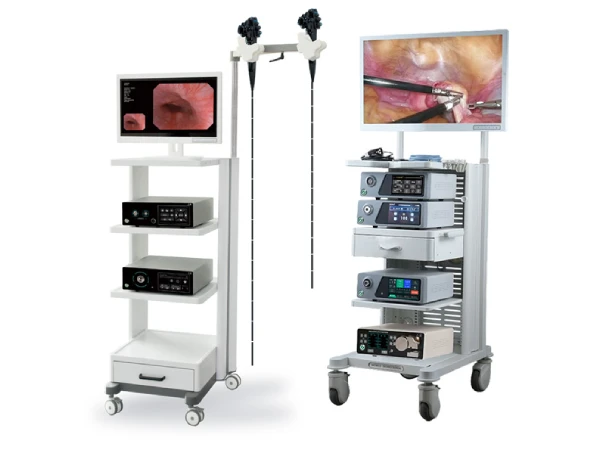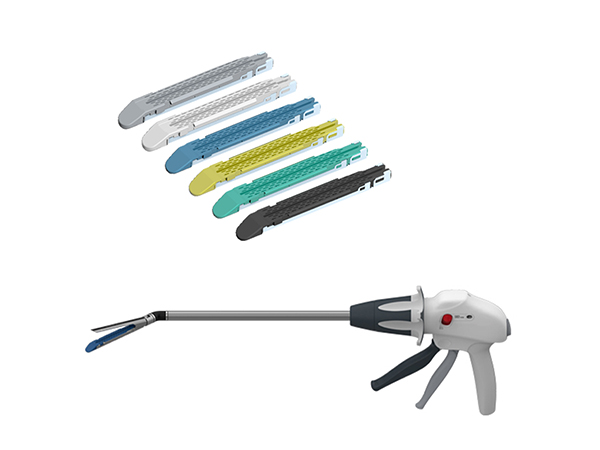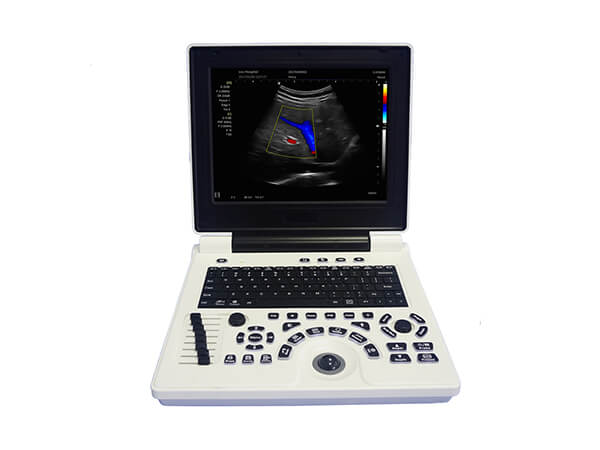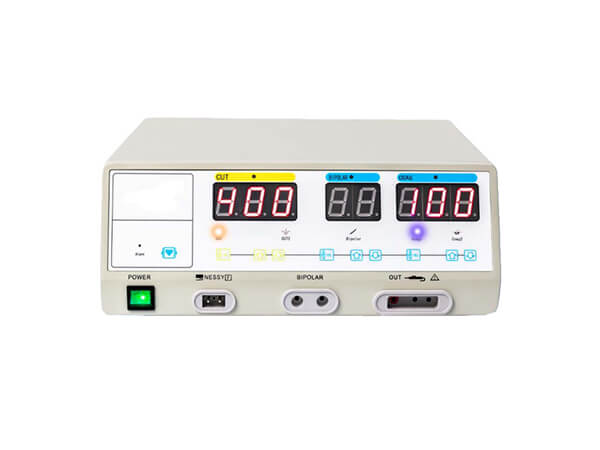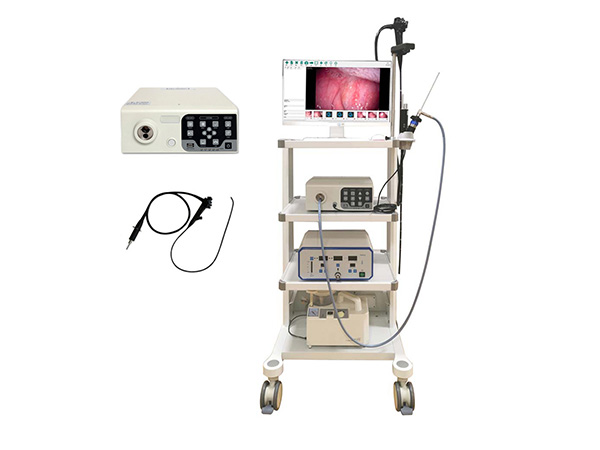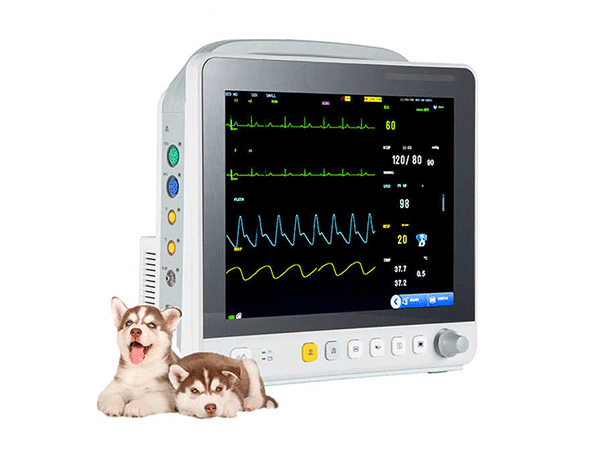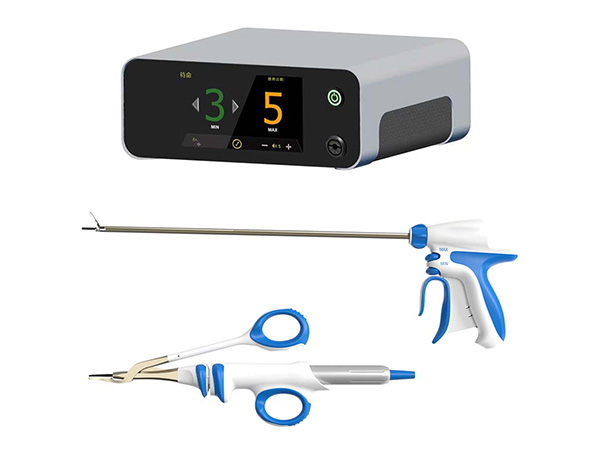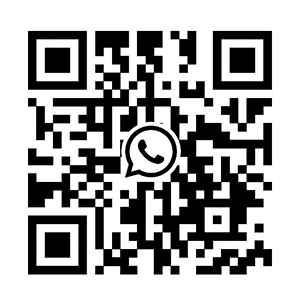Demystifying Disposable Biopsy Needles: Precision Diagnostic Tools
Disposable biopsy needles are medical devices used for percutaneous extraction of human soft tissue samples. Their core function is to obtain pathological specimens through minimally invasive techniques, enabling definitive disease characterization (e.g., distinguishing benign from malignant tumors or specific inflammations) and guiding subsequent treatment plans.

I. Applications and Medical Testing
This technology is widely applied across multiple organs and tissues:
Thyroid Nodule Evaluation: Particularly indicated for nodules classified as intermediate-to-high risk on ultrasound (e.g., solid nodules, nodules with microcalcifications or coarse calcifications). Core Needle Biopsy (CNB) significantly reduces the rate of "non-diagnostic" or "indeterminate" results common in Fine-Needle Aspiration Biopsy (FNAB), increasing diagnostic accuracy to 97.6%.
Solid Organ Lesion Diagnosis: Includes masses or abnormal densities in the liver, lungs, kidneys, breast, and prostate.
Specific Pathological Differentiation: For diseases requiring larger tissue samples (e.g., lymphoma, metastatic carcinoma, sarcoma), CNB provides adequate material for histological architecture analysis and immunohistochemical testing, outperforming cytology-based FNAB.
II. Standardized Operational Procedure
Procedures require image guidance (ultrasound, CT, or MRI) and sterile conditions:
Preoperative Preparation:
Verify needle packaging integrity, model, sterility, and expiration date. Perform patient coagulation tests and adjust anticoagulant medication.
Localization and Anesthesia:
Image-guided target localization, skin disinfection, followed by local anesthesia with lidocaine.
Puncture and Sampling:
Advance needle to lesion margin under real-time imaging.
Activate biopsy gun (semi-automatic needle): Depress trigger to deploy inner needle for tissue cutting; outer needle advances to seal the sample notch, ensuring specimen retention.
For heavily calcified or hard nodules, apply the "whirling technique" to enhance sampling success.
Post-procedure Handling:
Rapid needle withdrawal; apply gauze pressure ≥5 minutes for hemostasis; place specimen in formalin for pathological examination.
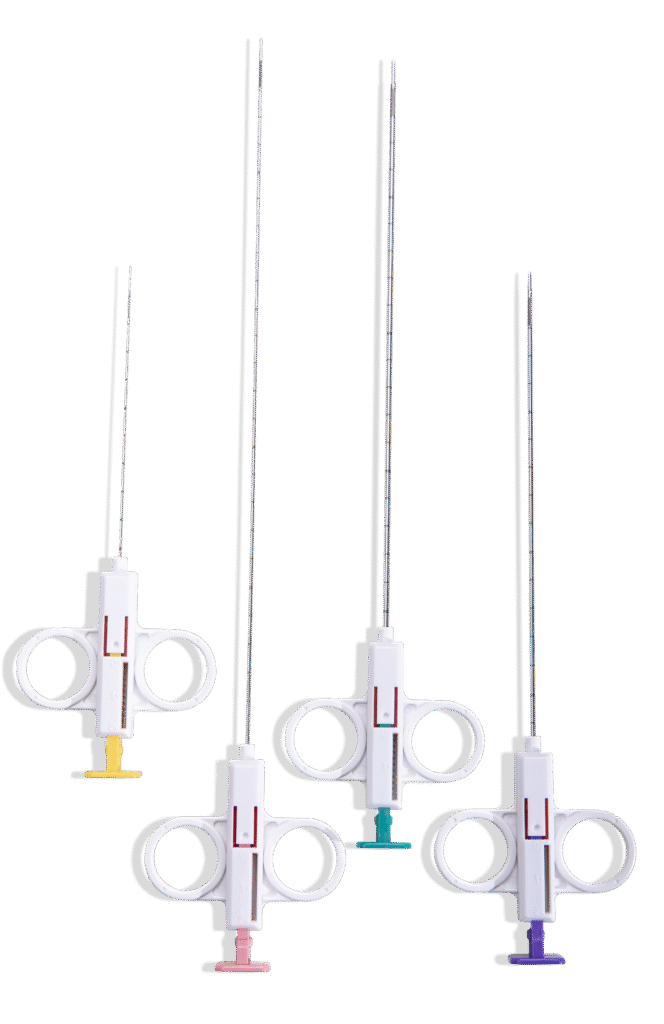
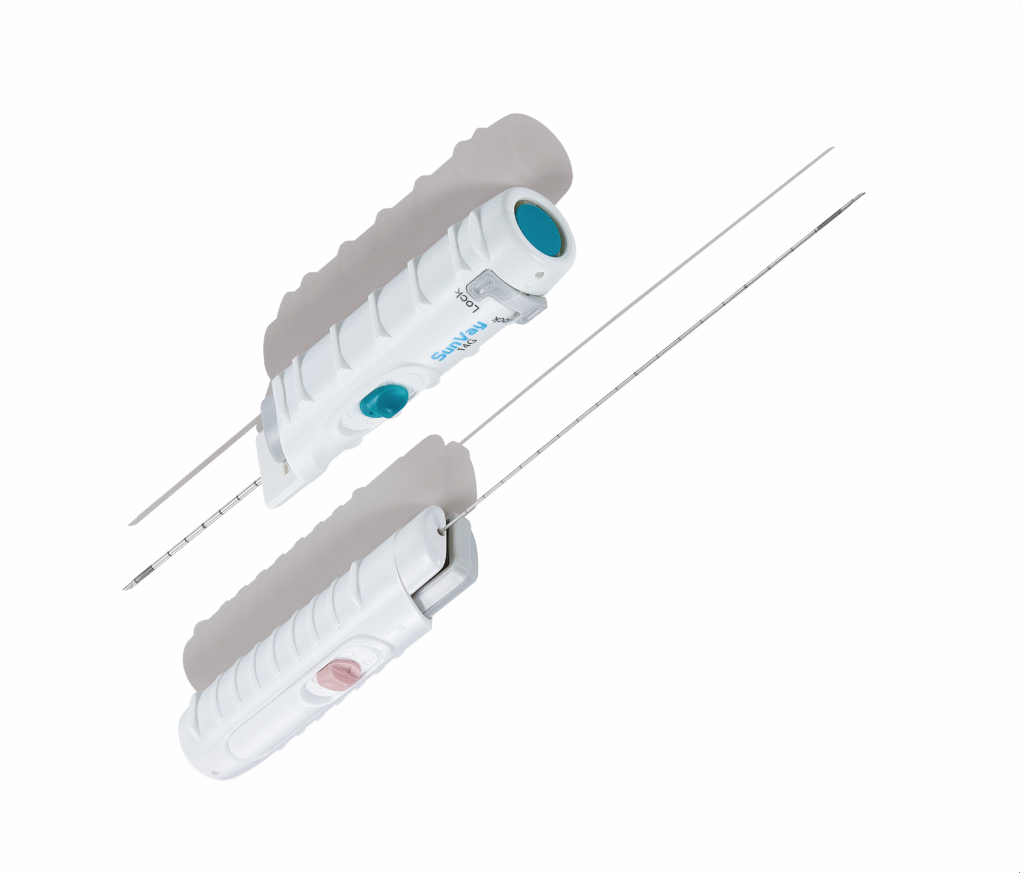
Table: Key Metric Comparison of Biopsy Techniques
| Metric | FNAB | CNB |
| Non-diagnostic Rate | 10%-33.6% | 1.1%-5.85% |
| Sensitivity for Malignancy | Lower (operator-dependent) | 90% |
| Specificity | Higher | 100% |
| Complication Rate | <1% | ~0.2% (e.g., hematoma) |
III. Safety Protocols & Contraindications
Contraindications: Bone biopsies (risk of needle damage), uncorrected coagulopathy, or active anticoagulant therapy (use with caution).
Risk Management: Strict aseptic technique to prevent infection; monitor patients 1–2 hours post-procedure for bleeding, pneumothorax (lung biopsies), or nerve injury; restrict strenuous activity for 24 hours.
Single-Use Principle: Reuse or resterilization is prohibited to prevent cross-contamination and mechanical failure.
Disposable biopsy needles integrate precision, safety, and procedural efficiency, serving as pivotal tools in modern pathological diagnosis. Their standardized application significantly reduces the need for exploratory surgery, advancing disease management toward minimally invasive and personalized approaches.

